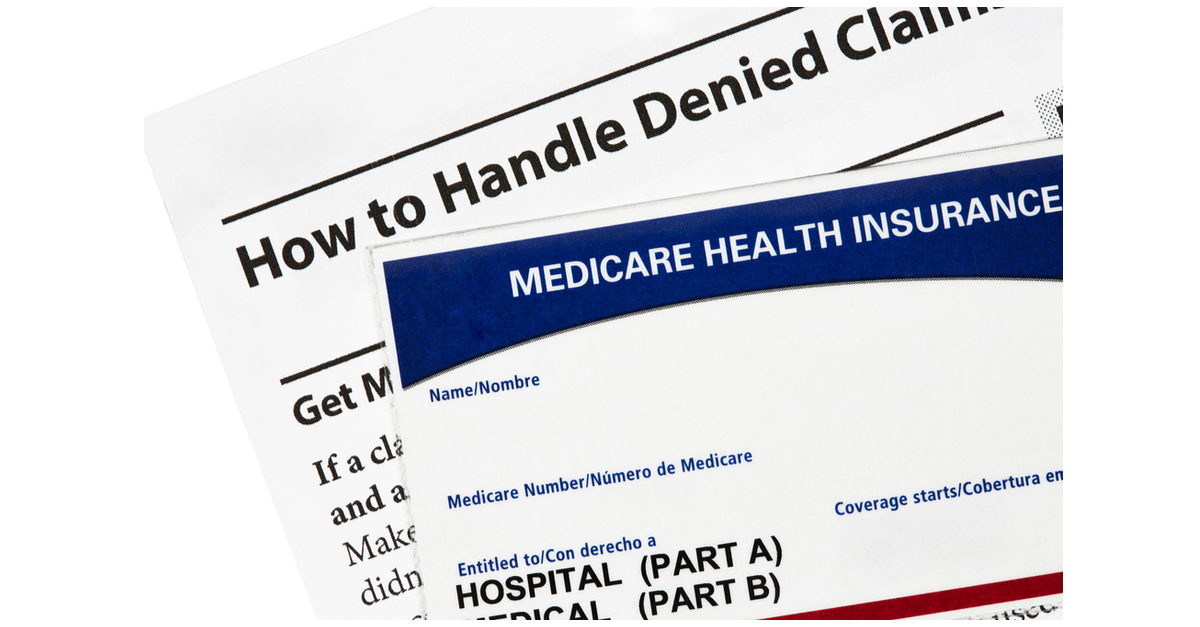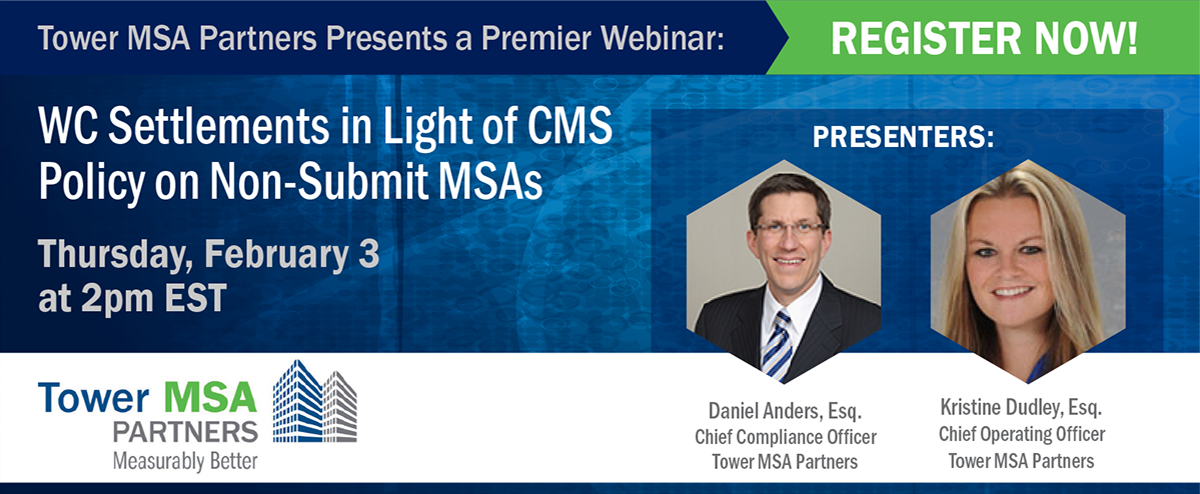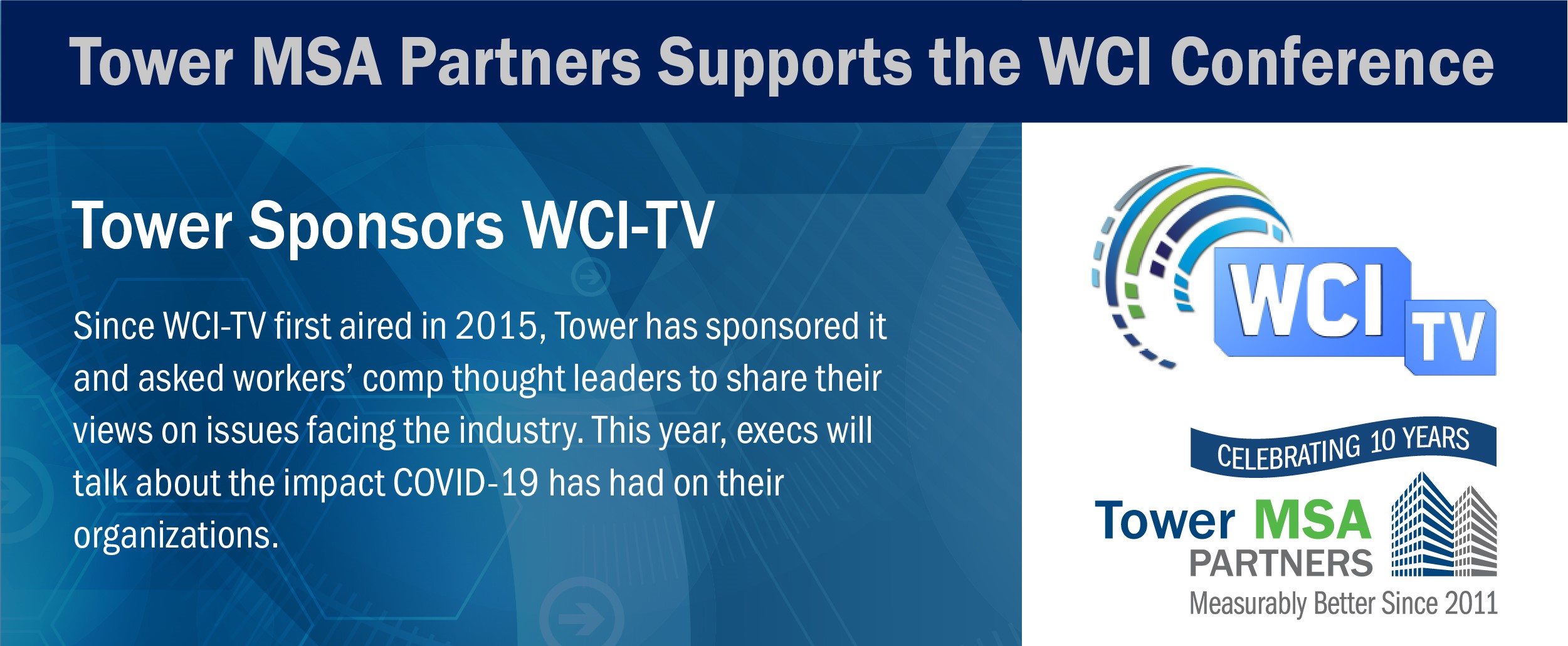A recent study finds Medicare treatment denials systematically occur in medical claims for Medicare beneficiaries with Medicare Set-Asides (MSAs).
“Don’t worry so much about the Medicare Set-Aside; Medicare will never deny post-settlement treatment claims.” That is the refrain from some when the matter of an MSA inclusion in settlement arises.
Tower has consistently warned that Medicare has steadily increased efforts to protect the agency’s interests. One need only look at CMS’s Section 111 Mandatory Insurer Reporting platform or its two conditional payment recovery contractors, the CRC and BCRC, to see CMS is serious about enforcing the Medicare Secondary Payer (MSP) Act. Still, some believe that Medicare will not deny claims post-settlement.
Thanks to our Professional Administrator Partner Ametros, we now know CMS will deny post-settlement claims for injury-related treatment.
Ametros wanted to know what happened when a Medicare beneficiary with a fully funded, CMS-approved MSA failed to report proper exhaustion of funds to Medicare and then billed Medicare for injury-related claims. To find out, Ametros’ General Counsel Shawn Deane and Senior Strategic Account Executive Jayson Gallant worked with the Research Data Assistance Center (ResDac) to analyze Part B claim data.
The result?
Researchers examined a random sample of five percent of the Medicare beneficiary population over a three-year period. They estimated the following number of claims were denied because WCMSA funds were responsible for their payment.
- 35,980 in 2018
- 36,060 in 2019
- 30,720 in 2020
The key conclusion of the report is “Medicare is systematically denying MSA recipients’ claims, and with steady frequency.”
You can download the free report “A Study of CMS Policy on Treatment Denials for Injured Workers with a Medicare Set Aside from Ametros’ website (ametros.com/medicaredenials). Plus, Ametros will present the study’s findings in a February 15 webinar starting at 1 p.m. EST. Register here.
Practical Implications
As Tower always suspected–and as CMS always warned–the agency will deny claims that should be covered by an MSA. Consequently, the most important implication is the need for the proper administration of those funds whether that is with professional administration or self-administration assistance. Both services are available through our partner Ametros and are recommended for most MSAs.
The study specifically indicated it did not consider non-submit MSAs or non-CMS-approved MSAs. One might argue then that a non-submit MSA is the better option because if CMS is not aware of the MSA, it will not deny payment for injury-related medical care. Such a position is problematic for the following reasons:
- While CMS may not be aware of a non-submit MSA, it is aware of any settlement involving a Medicare beneficiary claimant because these are reported through the Section 111 reporting process.
- CMS recently updated its WCMSA Reference Guide to add Section 4.3 which views non-submit/evidence-based MSAs “as a potential attempt to shift financial burden” to Medicare. The guidance goes on to state that “CMS will deny payment for medical services related to the WC injuries or illness requiring attestation of appropriate exhaustion equal to the total settlement less procurement costs before CMS will resume primary payment obligation for settled injuries or illnesses.”
- Given CMS has a process in place to deny injury-related treatment in CMS-approved MSAs, where a CMS-approved MSA is not on records, CMS can presumably use the Section 111 reporting information to deny payment for medical treatment up to the settlement amount.
Accordingly, a non-submit MSA when the MSA qualifies for CMS review/approval presents its own risks and with CMS’s increased focus on non-submit MSAs, these risks are heightened.
Whether a CMS-approved MSA or non-submit MSA is used, payers should commit to producing MSAs that balance care, cost and compliance and strongly encourage those MSAs are professionally administered by a company like Ametros.
Tower will host a webinar on February 5 at 2 p.m. ET, WC Settlements in Light of CMS Policy on Non-Submit MSAs which will touch on the Ametros study and further discuss the implications of CMS policy toward non-submit MSAs. Register here.
Please contact Dan Anders at daniel.anders@towermsa.com or 888.331.4941 with any questions.










